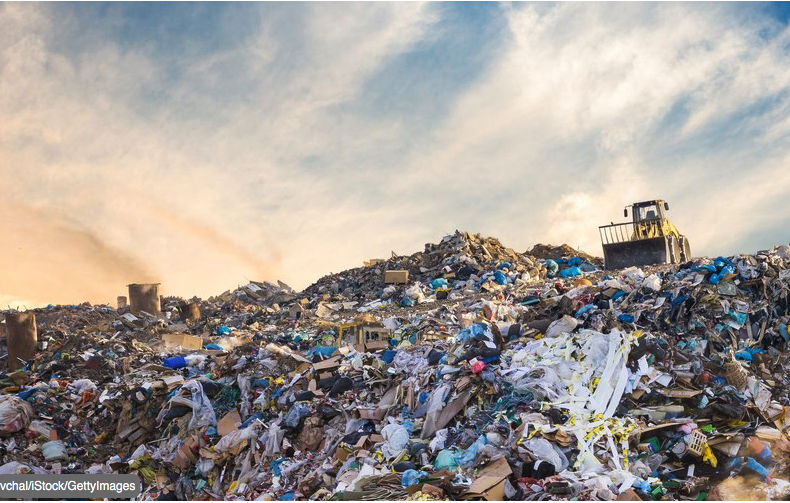Methane concentrations in the atmosphere raced past 1,900 parts per billion last year, nearly triple pre-industrial levels, according to data released in January by the US National Oceanic and Atmospheric Administration (NOAA). Scientists says the grim milestone underscores the importance of a pledge made at last year’s COP26 climate summit to curb emissions of methane, a greenhouse gas at least 28 times as potent as carbon dioxide.
The growth of methane emissions slowed around the turn of the millennium, but began a rapid and mysterious uptick around 2007. The spike has caused many researchers to worry that global warming is creating a feedback mechanism that will cause ever more methane to be released, making it even harder to rein in rising temperatures.



